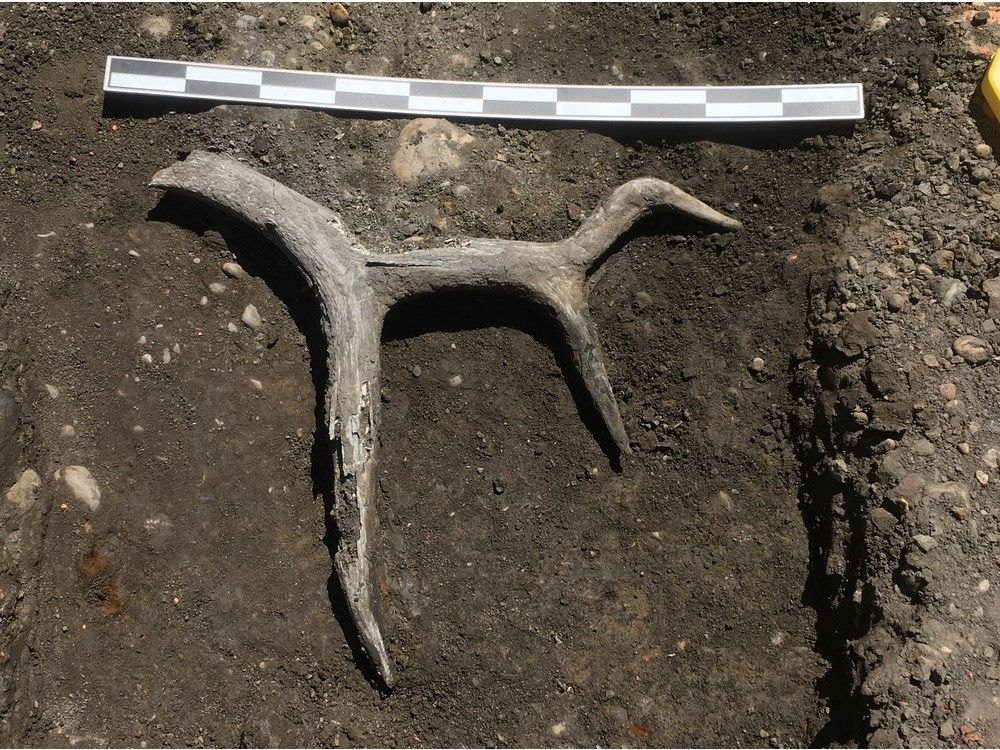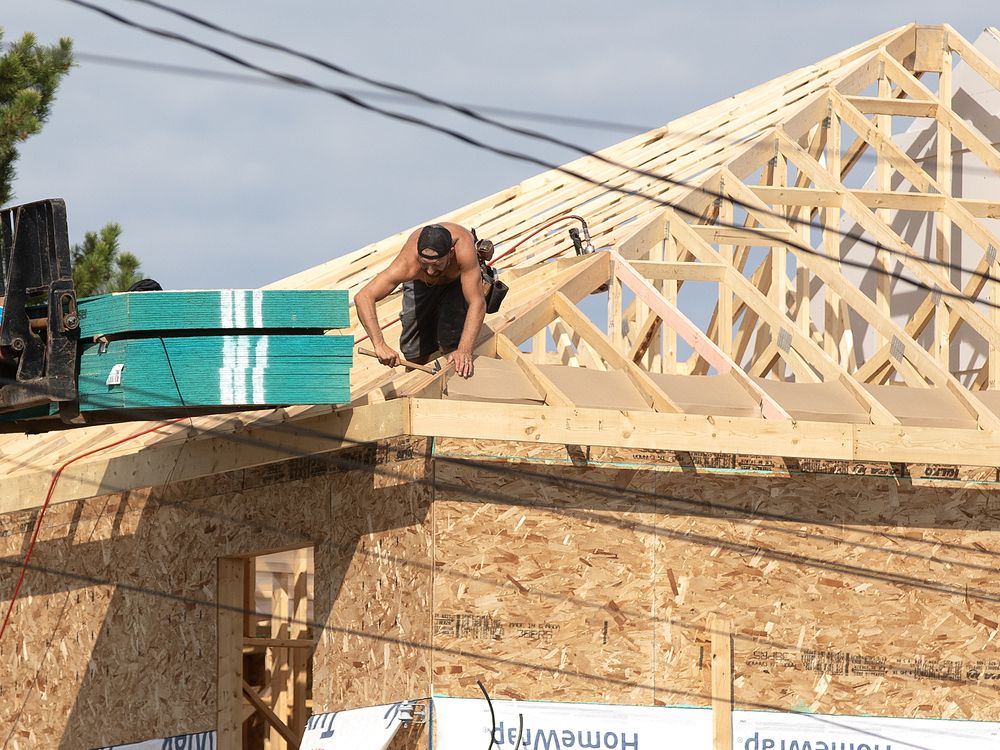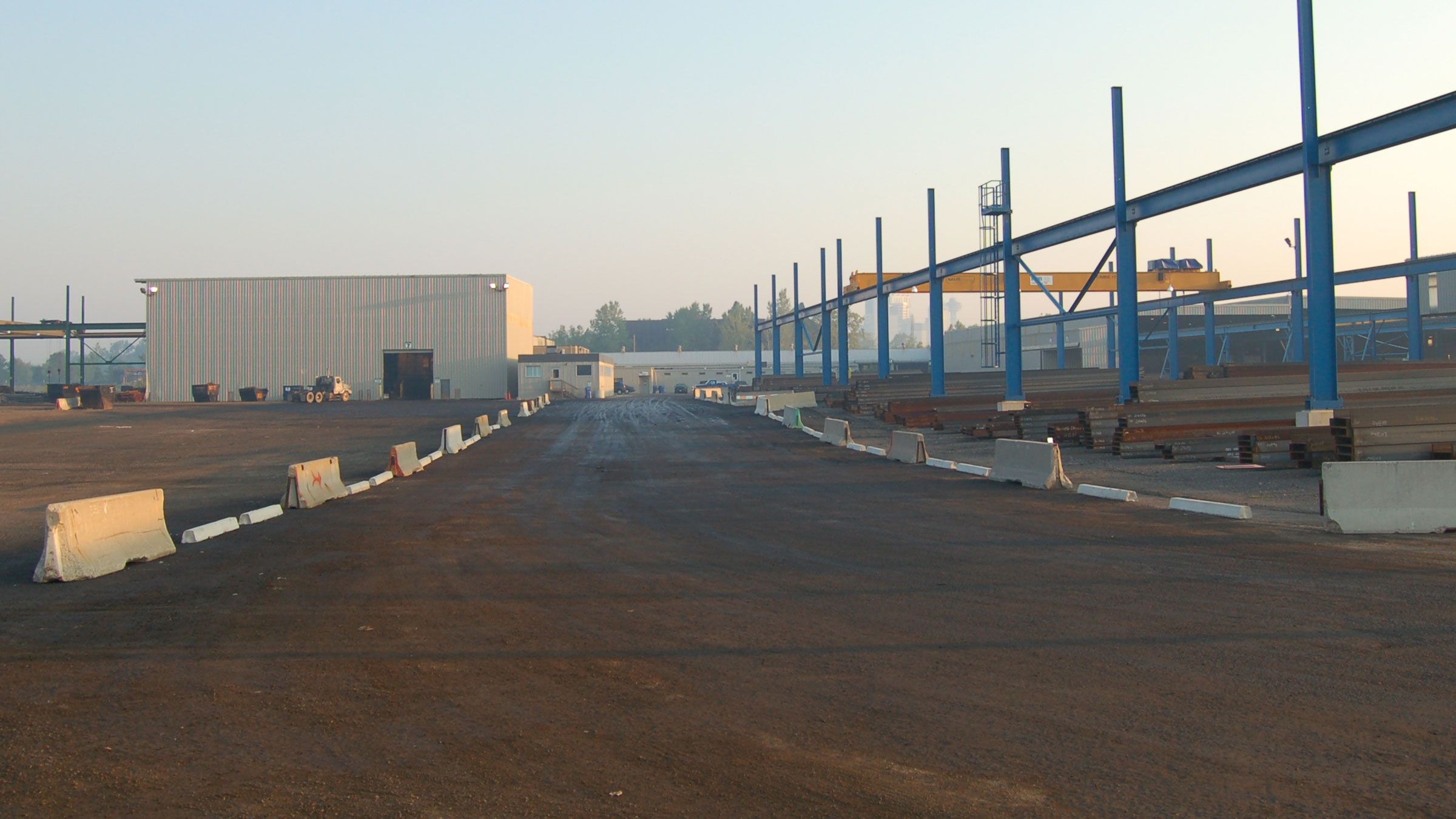Privatization? Foreign investment? Canadian airports face an overhaul of their business model

When WestJet’s CEO openly criticized the federal government recently for hiking air travel fees, it wasn’t that unusual. Airline and airport executives have long grumbled about all the fees charged to passengers when they buy a ticket.
It’s no secret that air travel in Canada is expensive compared to the rest of the world. Airports are a big piece of that.
Beyond lamenting those costs, though, Alexis von Hoensbroech went further by calling for a broad range of changes to how Canadian airports are funded and operated. His demands, if successful, could ultimately lead to a revamp of air travel in the country and open the doors to partial or full private ownership of airports.
Still, experts caution, the eventual impact on airfares may be minimal.
The desire for cheaper tickets is what’s motivating von Hoensbroech, who pointed to the recent demise of WestJet’s discount brand Swoop. The executive said fees and taxes make it too difficult to offer bargain prices.
Currently, all the mandatory costs for an average one-way domestic ticket are $88, the airline said, up from $76 in 2019. The fees include taxes, security charges, airport fees and so on.
WestJet is calling for the federal government to freeze the fees, permanently stop collecting rent from airports across the country, and — most importantly — conduct a full review of how airports are funded and operate.
There are many different models for how airports operate and it’s worth considering what could work in Canada, said von Hoensbroech.
“We are just asking for a study and not proposing what the actual changes should look like because there will be many different ways of fixing this,” he said to journalists in Calgary last week.
The demands come at a time when the federal government is willing to listen.
“We’ll continue to work with our partners to attract more investments in Canadian airports, so that millions of passengers can continue to pass through their doors every year,” said Laurent de Casanove, press secretary to Transport Minister Pablo Rodriguez.
“Canadians work hard and save up to travel. They expect to leave on time, and they expect good service from airlines. This should be their top priority,” she said.
New investment
In the recent federal budget, the government outlined how it wants to explore allowing private investment into Canadian airports. The investment could possibly come from pension funds or other groups, such as sovereign wealth funds.
“What has to happen, in my opinion, is a whole new governance structure for airports,” said John Gradek, an industry analyst and co-ordinator of the aviation management program at McGill University.
“The airlines are pressuring the government and I think it’s working,” he said in an interview with CBC News. “They’re rethinking the business model and we’ll probably see an announcement within the next couple of months about how that model should change and whether there’s another source of funding that can be put into the play.”

This week, the Competition Bureau also announced it will study Canada’s airline industry in response to increasing ticket prices, mounting customer complaints and rising market concentration.
Since the 1990s, medium- and large-sized airports across the country have operated as not-for-profit organizations and rely on a user-pay model. Those airport authorities have long-term leases and pay rent to the federal government, which owns the properties.
The airports pay up to 12 per cent of revenue to the federal government, which now totals more than $400 million in a typical year.
Financial considerations
Calgary’s airport paid about $50 million last year to the federal government. If the government decided to no longer collect rent, the money could be used for other expenses, including paying down the airport authority’s $3.3 billion in debt.
Calgary Airport Authority chief executive Chris Dinsdale recently ran the privately owned airport in Budapest airport and is well aware of different operating models.
At Canadian airports, the challenge is to increase the level of service, reduce the fees and still turn a profit.
“These are difficult hurdles to cross,” said Dinsdale, describing the rent payments as a big drain on finances. “I don’t know what the solution is.”
In the U.S., nearly all airports are owned by state or local governments.
Comparing Canadian airports to the rest of the world can also be tricky, considering the country’s population and geography.
“Would I be in favour of privatizing the Calgary airport? Personally, no. Based on what I see in my own airport, I don’t think we need such a model. But it’s a good conversation to have,” Dinsdale said.

The idea of privatizing airports has been previously promoted in Canada as a way to increase competition while providing a financial boost for federal coffers by selling the properties.
But there are challenges too — including the uncertainty of whether it would improve service or lower ticket costs.
While airlines grumble about mandatory fees and taxes, they also pass on charges that impact the affordability of air travel.
The federal budget highlighted how a family of four flying across the country can be charged nearly $500 extra because of airline fees that can include pre-booking a seat, checking a bag and using Wi-Fi.
For now, the federal government will start by looking at private investment in specific parts of an airport — like new gates or parking garages — but leaving the airport as a whole as a not-for-profit entity.
To build new infrastructure, airports borrow money and try to secure government grants. Partnering with a pension fund, for instance, may be useful if that organization has particular expertise to offer or if the airport already has too much debt.
Allowing outside investment would likely not reduce passenger fees, but would provide a new tool for airports looking to grow, said Monette Pasher, president of the Canadian Airports Council.
“What we do need to see is just more financial flexibility and more investment in our airports,” said Pasher.
Broader changes — like more federal funding for airports and more airlines flying out of more cities —would be needed to have an impact on ticket fees and taxes, experts say.
“We need bigger airports in order to keep up with the growth and therefore add competition to our airline network across this country. I think the more we can do to bring competition, that’s what lowers airfares,” she said.




